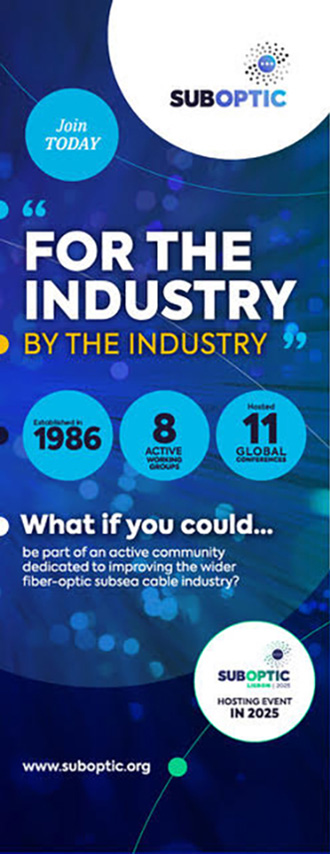Philippe Dumont has 30 years of international experience in the telecoms industry. He is currently the CEO of EllaLink, an 8000 km system that has been designed to satisfy the growing traffic demand between Europe and Latin America. Prior to his current position, Dumont was President & CEO of Alcatel Lucent Submarine Networks, a worldwide leader for turnkey telecoms submarine cable systems, and President of the Wireless Transmission activities at Alcatel Lucent.
What is the significance of Atlantic Convergence 2024 to you?
This event started as a conversation in a bar a couple of years ago. Myself, Ivo, and several other industry leaders were talking about how Portugal—Sines in particular—would become a major hub for submarine cables and data centers. We were like, “Well, wouldn’t it be great if we could have a major event of some kind in Portugal?” So, after some internal discussions, we decided to take matters into our own hands and create an event ourselves.
How does EllaLink fit into the overall interconnection ecosystem model, which encompasses the convergence of subsea and terrestrial fibre, subsea cables, neutral IX, and data centres?
EllaLink is a state-of-the-art subsea optical platform offering secure high-capacity connectivity on a unique and low latency diverse route connecting the European and South American continents with landing points in Sines in Portugal and Fortaleza in Brazil. We have created the first-ever large-scale, direct fibre route between Europe and Latin America by bypassing the congested routes of the North Atlantic. The focus of our company has been on creating low-latency and diverse solutions. So, our mission statement defines EllaLink as a key player in infrastructure development. The EllaLink cable lands in Sines, Portugal, and Fortaleza, Brazil, in a direct link with very reduced latency compared to other northern Atlantic traditional routes. Through several branching units, the EllaLink cable reinforces connectivity with other regions in an extension of the main system connecting Madeira Island, Morocco, and Cabo Verde, which will soon connect French Guiana, Mauritania, and Northern Brazil. We are poised to be part of the future innovation hub in Sines, Portugal. We plan to have the second fronthaul in Sines soon, boosting the region’s connectivity and possibly accommodating up to 12 submarine cables.
What do you expect from Atlantic Convergence 2025?
Given the development of the digital infrastructure in Portugal, it is very much expected that this conference will grow in 2025 with additional players from Portugal’s growing digital ecosystem and with new projects taking place in the region. We will be talking about a lot more new projects and discussing an update on the development already taking place. The key to this conference is convergence and the importance of diversity. I will not be surprised if Lisbon continues developing as a formidable connectivity and data hub in the global connectivity and data centre landscape. I am looking forward to participating in the second edition of Atlantic Convergence in October 2025 in Lisbon. Also, the next SubOptic conference will be taking place in Lisbon in June 2025.



